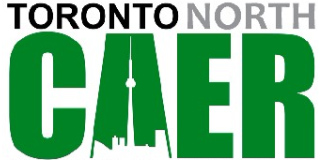
Mitchell Gibbs of First Response Environmental made a presentation: “The Deadly Environmental Malibu Fire”. Mitchell showed a news video early on in the Malibu Wildfire. He talked about the mixed messages on evacuations, the 18,000 structures that were burned over 250,000 acres and the 89 lives lost. He said that most of the deaths were inside vehicles attempting to leave the area late. 250,000 people were successfully evacuated. First Response dealt with the clean up afterwards. He mentioned that Community Emergency Response Teams (CERT) were available to help with evacuation, but were not recognized by local official and utilized.
Mitchell estimated that it cost $150,000 to clean up each house. LA County Fire and the US EPA paid for the initial clean up and teams like First Response complete the cleanup. Another issue during the fire was the decommissioned nuclear testing facility (Santa Susana Field Laboratory) where the soil was contaminated and nuclear waste was stored had been partially burned. After the fire, flooding and landslides were an issue since there was no vegetation remaining, 14,000 home were leveled and Pacific Gas & Electric & several insurance companies went bankrupt.
Mitchell wrote a book on the fire.

Sharon Walker of Vaughan Emergency Planning made a presentation called “Exercise Loco Motive”. This was the City of Vaughan’s annual exercise. The objectives were to practice: roles & responsibilities; emergency notification procedures; incident assessment & action planning; coordination, communication & interoperability; using Dashboard; implementing the Drinking Water Emergency Plan; identifying continuous improvements to plans & procedures; and compliance with the Emergency Management & Civil Protection Act.
The scenario was a tanker hit by a train which involved a derailment, fire, chlorine release, helicopter crash and drinking water issues. The exercise involved both CN and Alectra. The methodology was calling in with issues, with 2 shift changes and mock media briefings.
The lessons learned was that: communication was a strength; Dashboard worked well (a training session before the exercise worked); maps and GIS are valuable tools; training staff to keep their briefings short; and situational awareness.
What could be done better: need better audio visuals; drone view from above was great for mapping and video feeds; message; common maps approval needed; updating dashboard; mapping and video feeds further development; procurement form process; and streamline communication.
Recommendations: install audio-video systems in the EOC; purchase IMS colored vests; sections update procedures; investigate mapping software; develop more efficient public alerting; and on-going training.
